What is SEO?
It is Search Engine Optimization, a technique that helps people rank their blog, website and YouTube channel on top page of search engines.
Why Do People Learn this SEO stuff anyway?
Just to rank on the 1st page of Google? Not just!
People learn SEO to:
- Stand Out From Their Competition.
- Gain Online Reputation.
- Most Importantly To Increase Conversions and Make Money.
That’s why understanding SEO has became a need in today’s digital climate.
So here the steps to learn the SEO basics from scratch:
Step #1 / Choose Your Niche:

Your Niche is the topic or subject in which you are wanting to promote.
Example: Books, Photography, Startup, Designing, etc.
Obviously, there are millions of topics like this available online.
Choose the one that you have in-depth knowledge about.
Step #2 / Find Topic To Write:
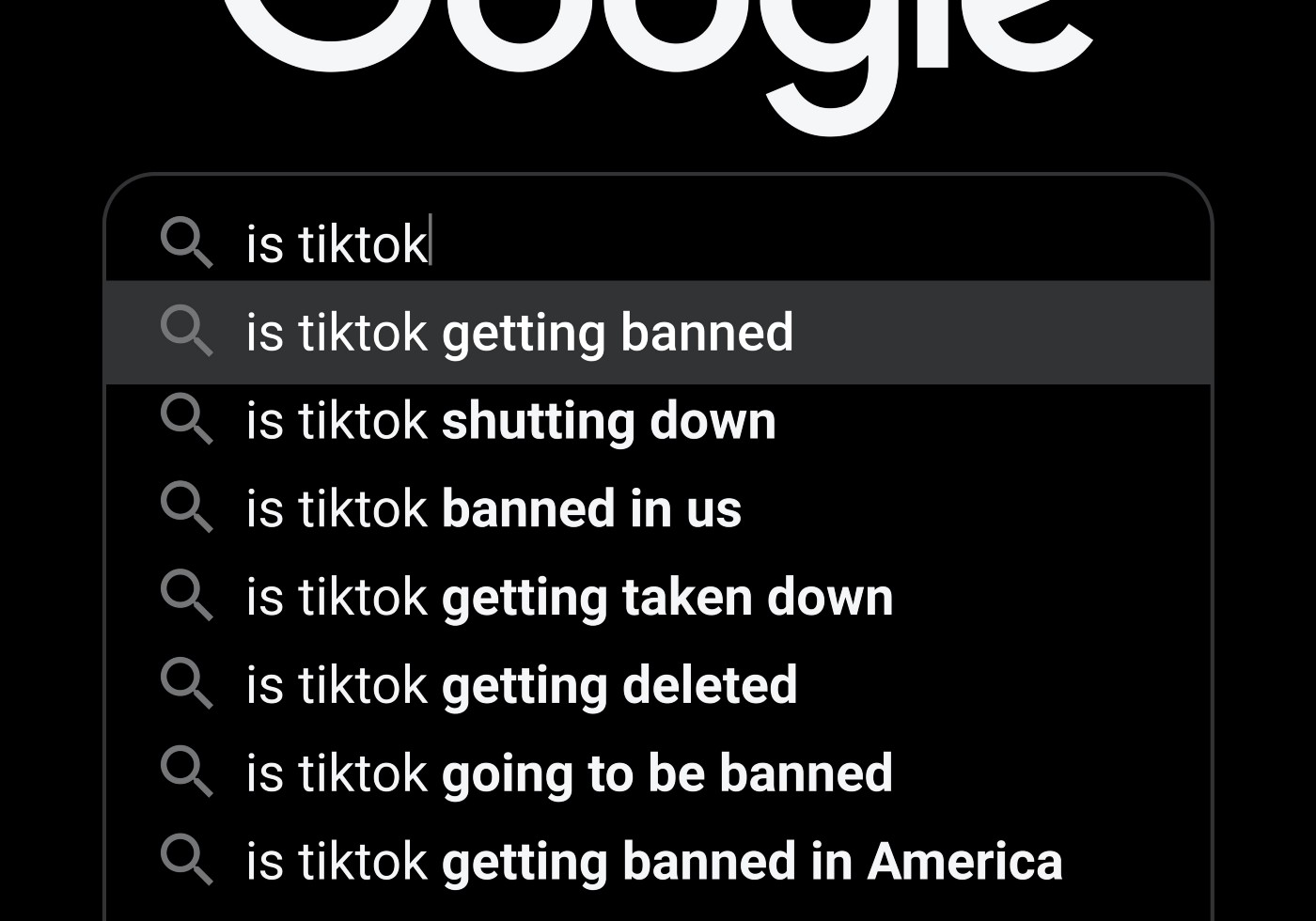
It is the topic on which you will create your post. It has to be “SPECIFIC”.
Example: Suppose your main topic is “Content Writing”.
So your specific topic would be “Different Types Of Content Writing” or “Content Writing For Beginners”.
After finding the subtopic, The next step is to find low competition keywords.
Step #3 / Find Low Competition Keywords:

A systematic guide on this topic was produced. It got 1.3K views as you can see in the screenshot below:
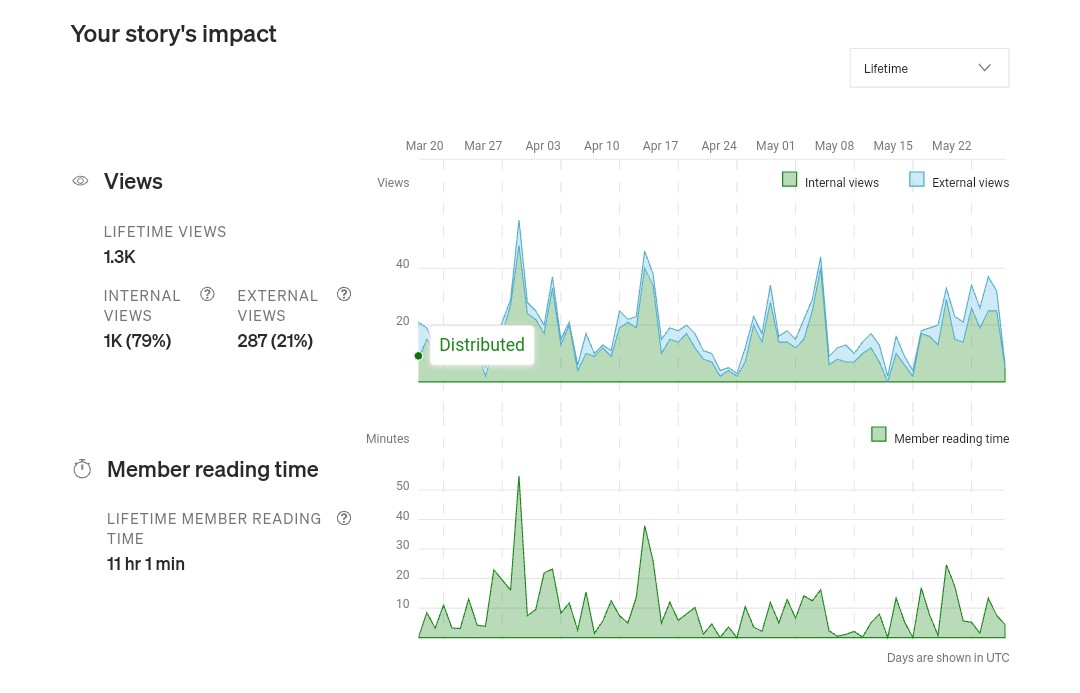
Step 1: Go to Keyword.io
Search your main keyword in the search bar. In this case the keyword is: YouTube Marketing.

Now select the 20 best keywords from the generated list.
Why 20 Keywords? We’ll explain later. For now, follow along.
This is our 20 keyword list:
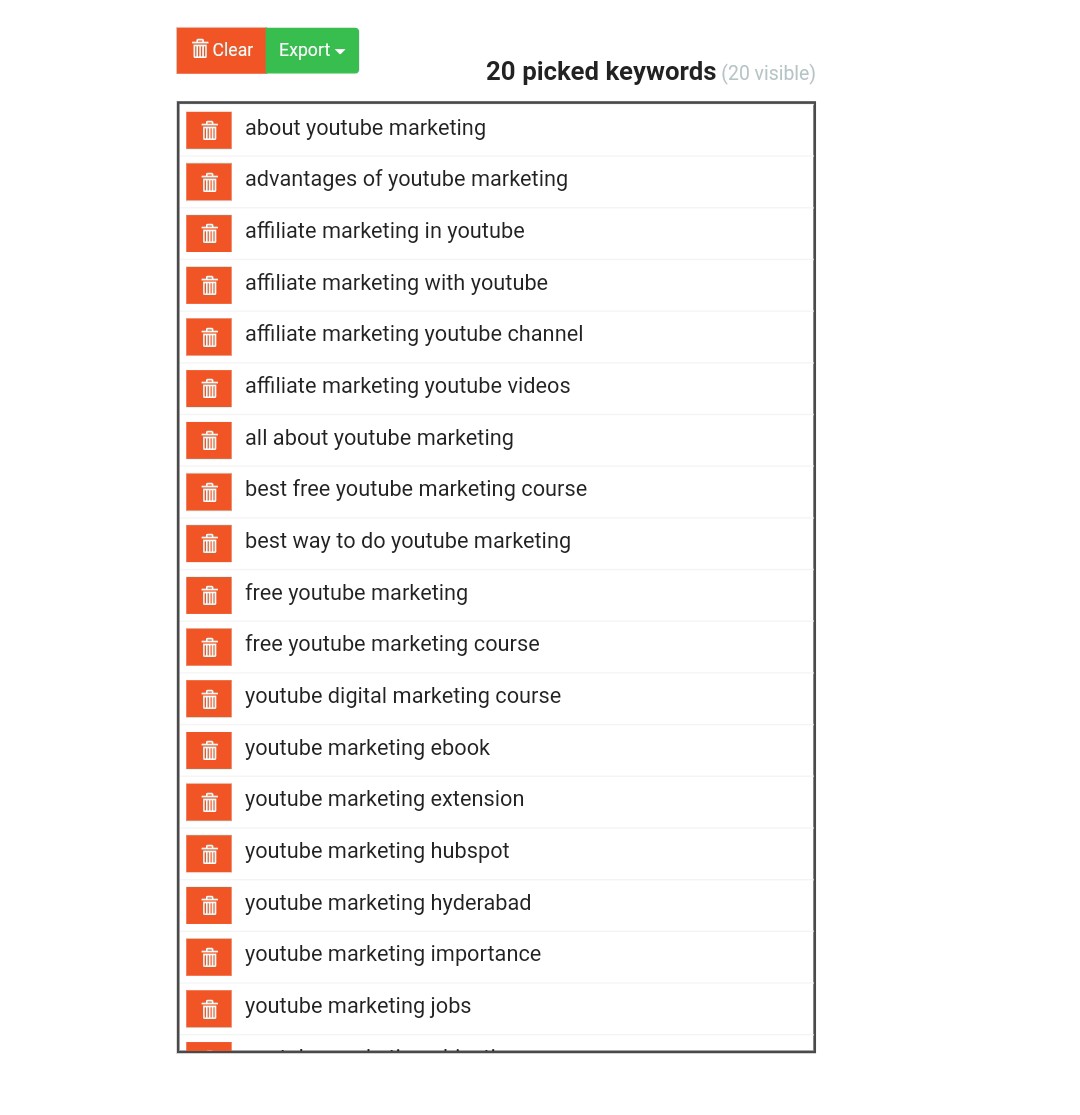
Step 2: Go To the site H-supertools >> SEO >> Bulk Keyword Data Tool
Here the limit is 20 keywords per search.
This is why we previously suggested that you pick the best 20 keywords from the list.
This is the data we got:
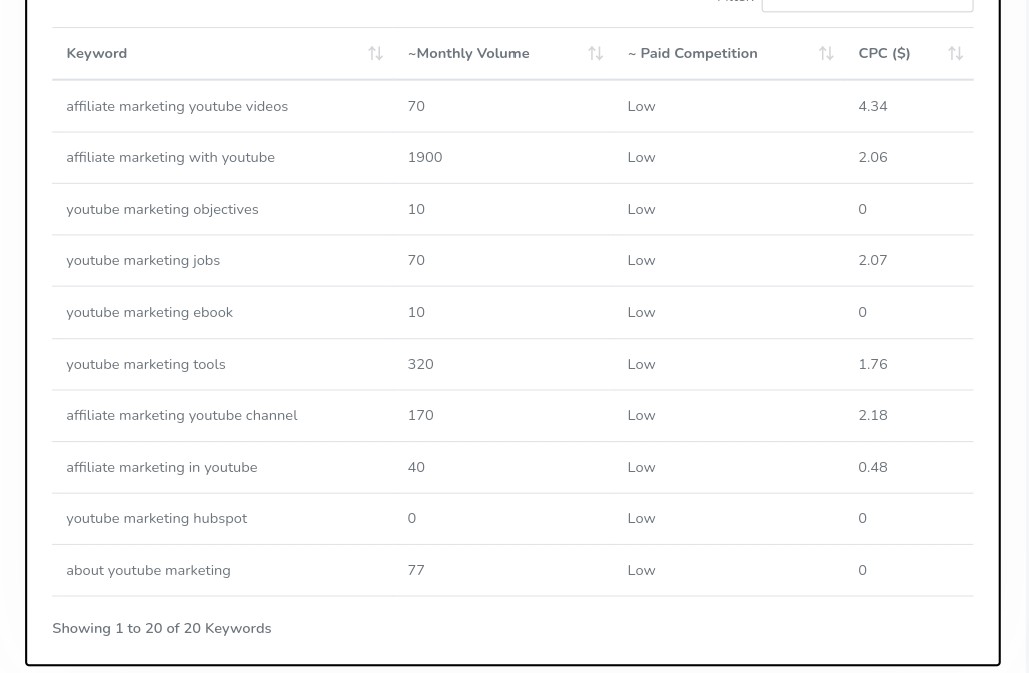
By the way, this is completely FREE to use. The only thing you need to do is sign up to get full access!
Now we have the keywords. The next step is to write a article.
Step #4 / Write SEO-FRIENDLY Articles:

The SEO friendly article should have your keywords in:
- Main Title
- Introduction
- Sub-headings (Not necessary)
- Meta description
- Permalink
- Outro/Conclusion
Example: If your article is 1000 words long. Then it should have your Focus Keyword at least 10 times.
How did we calculate this?
Formula: 1000 (Number of words in article)*1÷1000 = 10
You can use these keywords in all previously mentioned formats.
Pro Tip: Avoid keyword stuffing
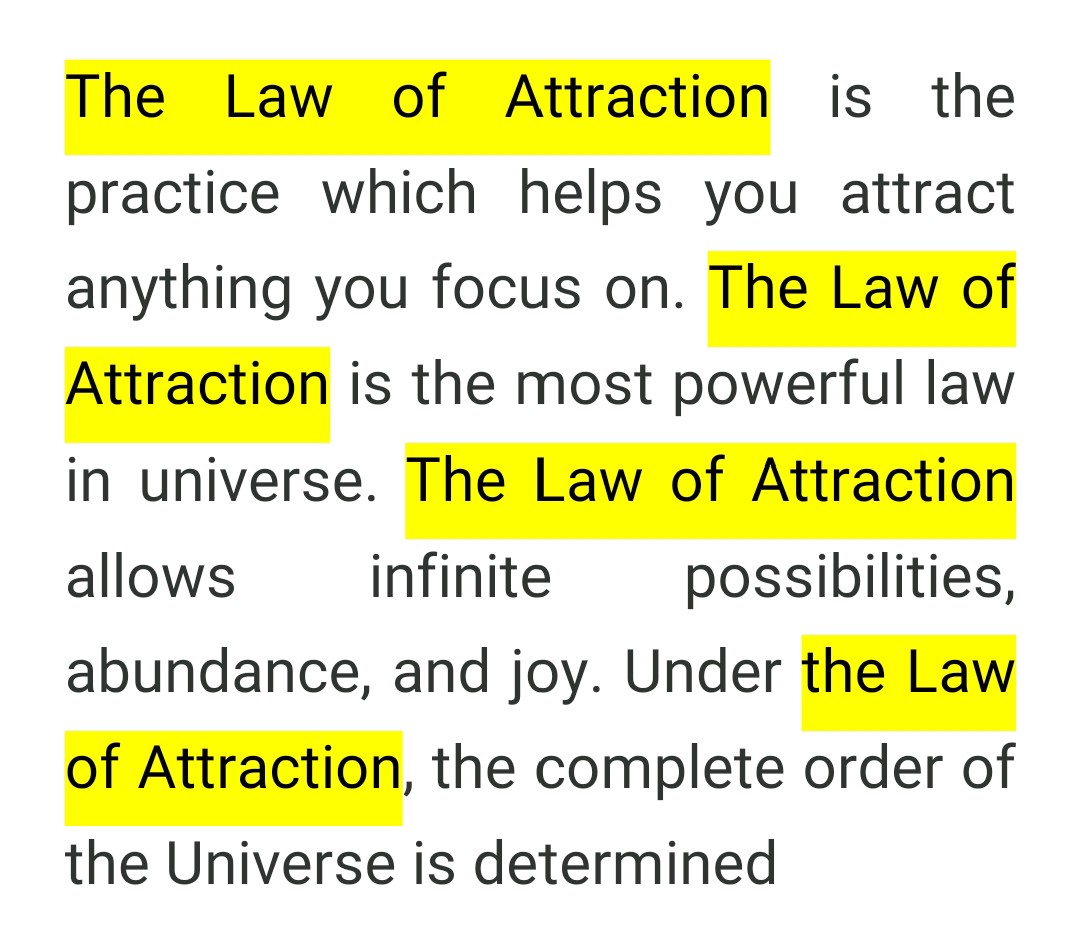
Above, you can clearly see what keyword stuffing will do to your article.
It makes your article less natural or conversational which degrades the article’s quality.
Step #5 / On Page SEO:

On Page SEO is the practice of optimizing your articles on the web to get higher rankings using some important factors.
Use Yoast SEO/RankMath plugin if you are using WordPress.
It makes your job a lot easier otherwise you can write articles according to the factors we’ve explained.
And run a analysis test using free site analyzers.
It tells you the pros and cons of your site which makes the job quite easier for you.
Pro Tip: Avoid Plagiarism
PLAGIARISM means copying site content directly from other’s website to your website.
It reduces your site rankings and google may put you in their black list which means you will never rank.
Also you might get a copyright strike on your plagiarized content.
So never do it.
Always write unique content and your articles will always rank.
Step #6 / Off Page SEO:

Off Page SEO is the practice of optimizing your articles without updating or publishing your articles.
These are the steps taken away from the live site.
Backlinks are the most important part of (Off Page SEO).
It is the link which connects one website with another.
Example: We wrote an answer to a question about an SEO guide for beginners on Quora, Where we linked this article.
We now have a backlink from our blog on (Quora.com).
Google also ranks those articles high and have a high domain authority, or DA.
But it doesn’t mean your articles will never rank on Google. It is just a matter of time, you have to prove yourself with worth while and regular content.
The higher the quality of backlinks on your site, the higher the chances of ranking your post on google.
Step #7 / Technical SEO:

It includes:
- Server Optimizations.
- Making Your Site Secure.
- Making Your Site Mobile-friendly.
You can optimize your site speed with good hosting. Of course we recommended Hosting with us!
And good cache plugins like WP Rocket and WP Optimize.
Don’t forget using your SSL certificate that makes your site secure. (We offer a free SSL certificate to all of our hosting clients).
Last, but not least, is adding a structured sitemap to your site and registering it on google webmaster tools like Analytics, Search console, etc.
Step #8 / Image SEO:

Image SEO is the process of optimizing your images so that they will drive traffic to your website on their own.
Tips for better Image SEO:
- Adding captions and alternate text to images.
- Using appropriate dimensions. Recommended Image dimensions for the web are (640×360 pixels).
- Using appropriate file formats. File format for web include webp, jpg, png, and gif.
- Using good plugins for image seo, The recommended ones are: Smush & Optimus.
Final Thoughts
Tackling your site’s SEO can become a full time task. Why not hire us to do all of this stuff for you so you can focus on what you do best? Contact us to see how we can help you and your company reach new heights in ranking higher on Google, Bing & Yahoo – and with your clients and customers!
In summary, the SEO steps we covered include:
- Choosing your niche.
- Finding a topic to write.
- Finding low competition keywords.
- Writing seo-friendly articles.
- On page seo.
- Off page seo.
- Technical seo.
- Image seo.
We hope you found this all useful and gives you a quick education on some SEO fundamentals.







